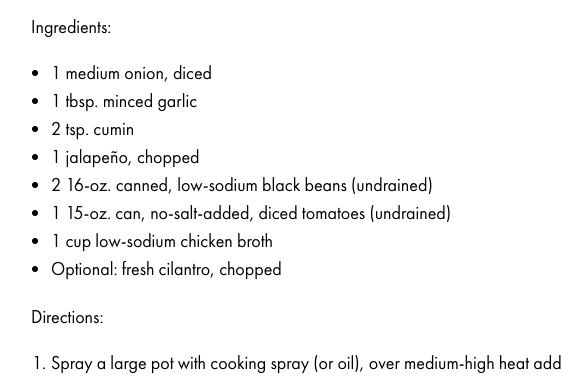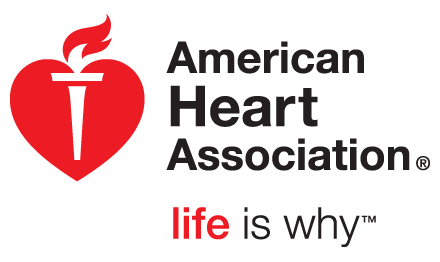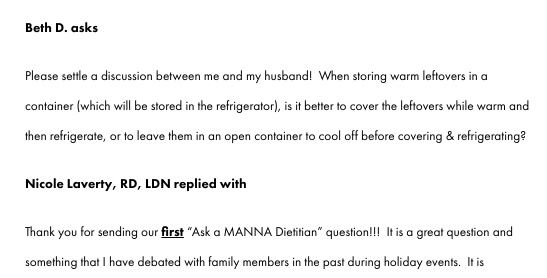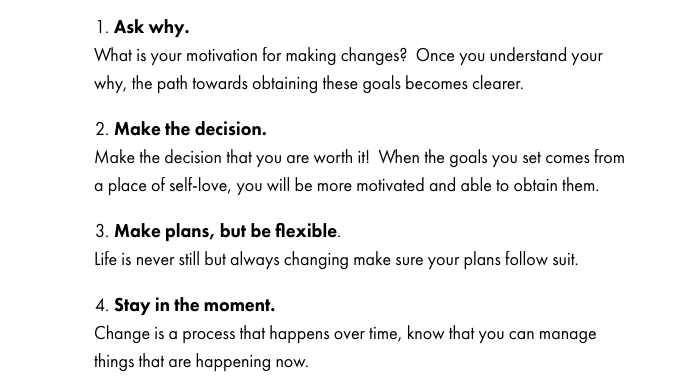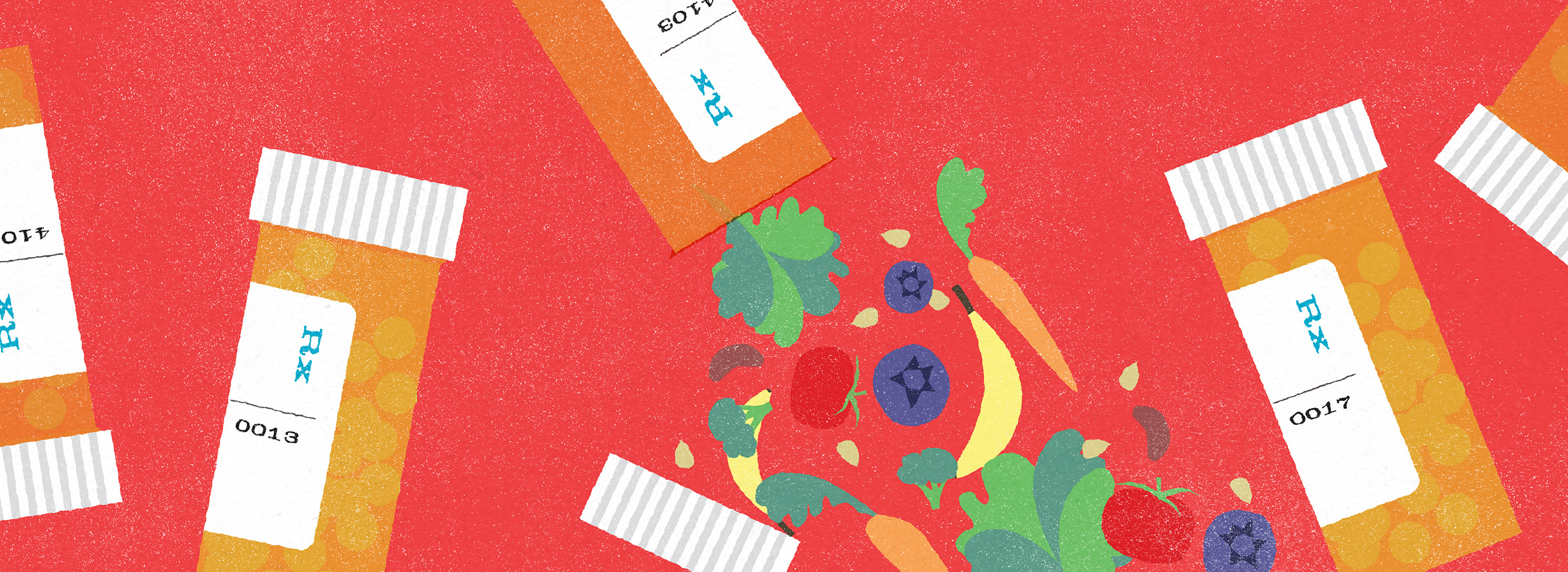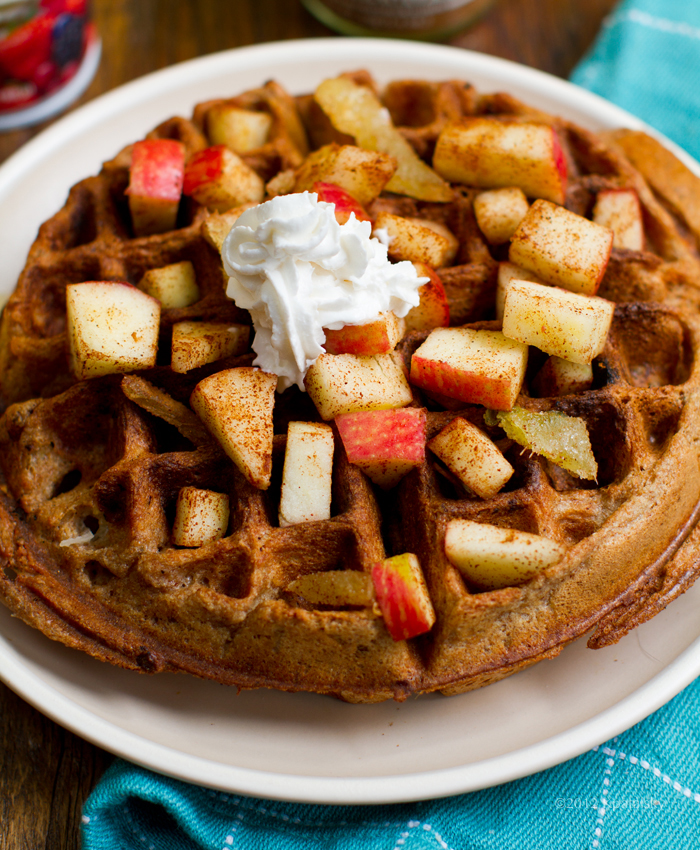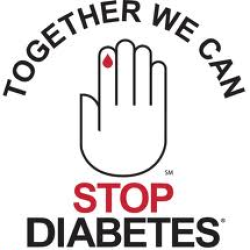Bruce Palmisano’s wounds wouldn’t heal. The wheelchair-bound Vietnam era vet took medication and nutritional supplements month after month, and still the burns on his feet – from scorching water in a foot massager – wouldn’t heal. Then Palmisano found MANNA, a Philadelphia nonprofit which provides medically appropriate meals to people like Palmisano struggling with chronic or acute illness.
Within a short time, Palmisano was fully recovered. “The program is wonderful,” he said. “Ever since I’ve been on MANNA, for the last four months, my feet healed up 100 percent.’’
MANNA provided Palmisano three high-protein meals a day, designed for wound recovery; it’s one of 11 menus developed by MANNA dieticians for clients with illnesses ranging from diabetes to cancer to kidney failure.
The organization feeds 1,000 people three meals a day, every day. Meals are free to clients. MANNA pays for those meals the way most nonprofits pay for services: they fundraise. MANNA has built an impressive network of individual donors, foundations and corporate sponsors and they organize big, creative fundraisers, like Pie in the Sky.
Palmisano’s case is cited by Ann Hoskins-Brown, MANNA’s director of Policy and Institutional Affairs, as evidence that food can be as necessary as medicine in restoring health. In MANNA’s vision for the future, doctors will write prescriptions for meals and insurance companies will pay for them. “We want medically-appropriate meals to be a standard part of healthcare, much like hospice care is available to everyone who needs it,” she said.
They knew it would be difficult to convince medical professionals and health insurance companies that food should be treated—and paid for—like medicine. In order to demonstrate their work’s true value, they invested in research. The report, published in the Journal of Primary Care and Community Health, showed that Medical Nutrition Therapy—which includes nutritional assessment and one-on-one counseling—coupled with medically tailored, home-delivered meals improves health, reduces costs and increases quality of life.
“The average savings was between $10,000 and $12,000 per person per month,” Hoskins-Brown said. “People weren’t going into the hospital as frequently and when they did, they stayed for a shorter period of time. And when they were released, they went directly home rather than to sub-acute care.”
The findings led directly to a remarkable reimbursement pilot in which a local health insurance company is providing coverage for MANNA’s comprehensive nutrition services for up to 200 of its members at any given time.
To market themselves to insurers beyond the pilot, MANNA’s next hurdle was to modernize MANNA’s data system. Nicole Laverty, nutrition and client services manager explained that this would not only allow MANNA to make systemic observations and improvements for their clients, but customers like health insurance companies expect quantifiable demonstration of impact. With support from The Barra Foundation, new software will replace 20-year-old technology that’s inflexible and cumbersome.
Technology will help MANNA transform their business model, but their ability to track data will also have a positive impact beyond the organization’s walls. If, for instance, MANNA can track the return of former clients—which it can’t do now because the program overwrites new intake information on old forms—it can potentially identify failures in other parts of the social safety net that can be improved.
Investments in research and technology paid off. MANNA’s new insurance company customers will enable the organization to reach thousands more clients through their health insurance providers. But above all else, simply: “It’s about serving our clients better,” Laverty said.
Feed a cold? Cure the flu with chicken soup? It turns out that these age-old techniques have the right idea: food can and should be treated as medicine for physical ailments. Philadelphia-based nonprofit, MANNA, believes in the power of nutrition to treat chronic and acute illnesses. Their delivery of medically-appropriate meals and nutritional counseling to a thousand local residents saves around $130 million in annual healthcare costs. Now their challenge is to demonstrate that value to their biggest customers yet: health insurance companies.
“We want medically-appropriate meals to be a standard part of healthcare.”
Ann Hoskins-Brown, MANNA’s director of Policy and Institutional Affairs

Story provided by The Barra Foundation
Illustration by Narrator Design
